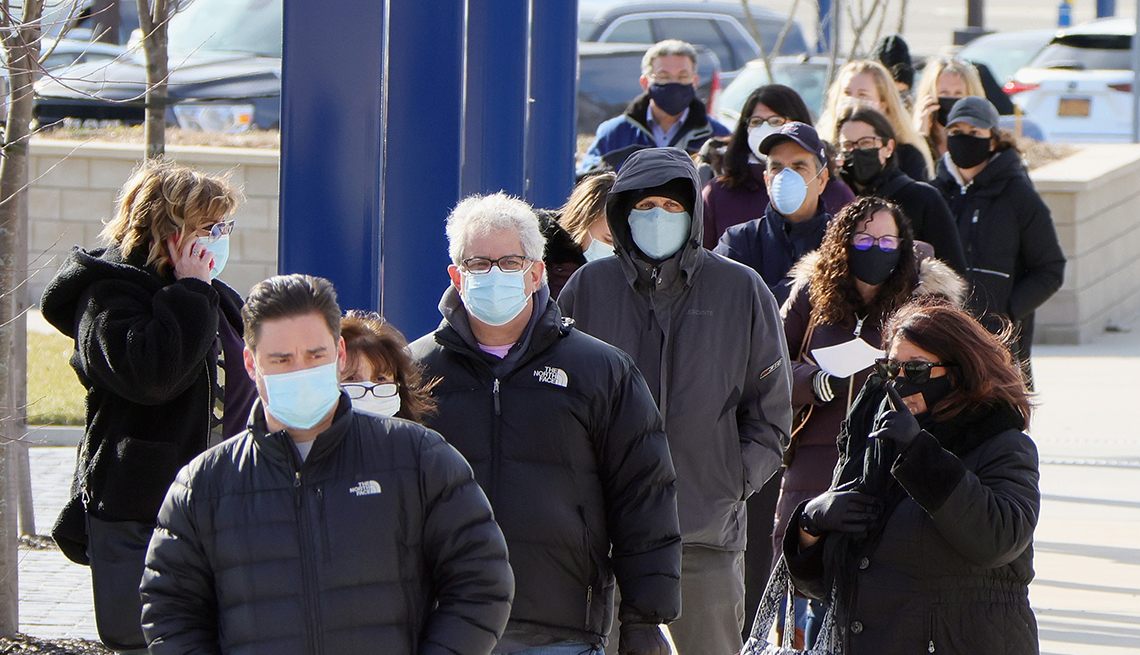Staying Fit
The federal government must quickly solve the problems that have slowed the availability of lifesaving doses of a COVID-19 vaccine to millions of Americans, AARP CEO Jo Ann Jenkins says in a letter sent Monday to Health and Human Services Secretary Alex Azar.
"The supply of the vaccine does not come close to meeting the current demand,” Jenkins says. “We are also concerned about distribution problems and we strongly urge you to immediately address whatever barriers may be causing the delays. Full-scale mobilization is necessary, and any slowdowns or early bottlenecks in the production and distribution systems need to be urgently addressed." (Read the entire letter from AARP to HHS.)


AARP Membership— $12 for your first year when you sign up for Automatic Renewal
Get instant access to members-only products and hundreds of discounts, a free second membership, and a subscription to AARP the Magazine.
HHS officials had predicted that 20 million doses would be administered by the end of 2020, starting with health care workers and nursing home residents and staff. Since Dec. 14, about 9 million shots have been given.
Azar said Tuesday that the administration is now asking all states to begin vaccinating people age 65 and older, as well as those with underlying health conditions that put them at high risk for severe COVID-19. Some states had already started vaccinating residents 65-plus, though even in those states the rollout has been slow and frustrating for many due to limited doses and confusing sign-up procedures.
The Centers for Disease Control and Prevention (CDC) initially recommended that states first prioritize health care workers and nursing home residents and staff (Phase 1a), and then turn to vaccinating Americans 75 and older and frontline essential workers (Phase 1b). Late last week the CDC emphasized that local officials can allow the various phases to overlap. Some states are following the CDC recommendations while others are deciding their own priorities.
"We now believe that our manufacturing is predictable enough that we can ensure second doses are available for people from ongoing production,” Azar told ABC's Good Morning America. “So everything is now available to our states and our health care providers.” Azar also said states should expand the places where people can get vaccinated, including community health centers and more pharmacies. He said the federal government will send teams to the states to help them set up vaccination centers.


































































